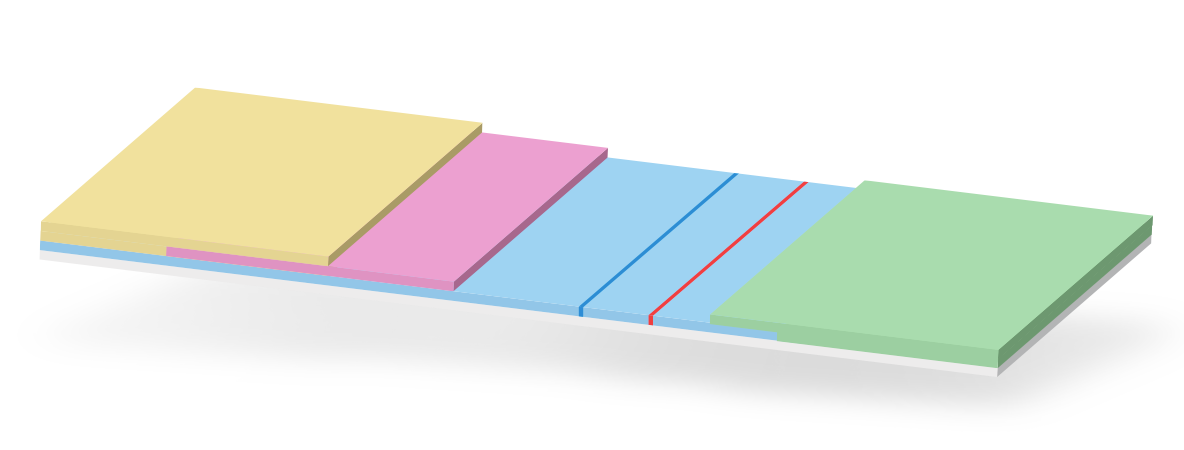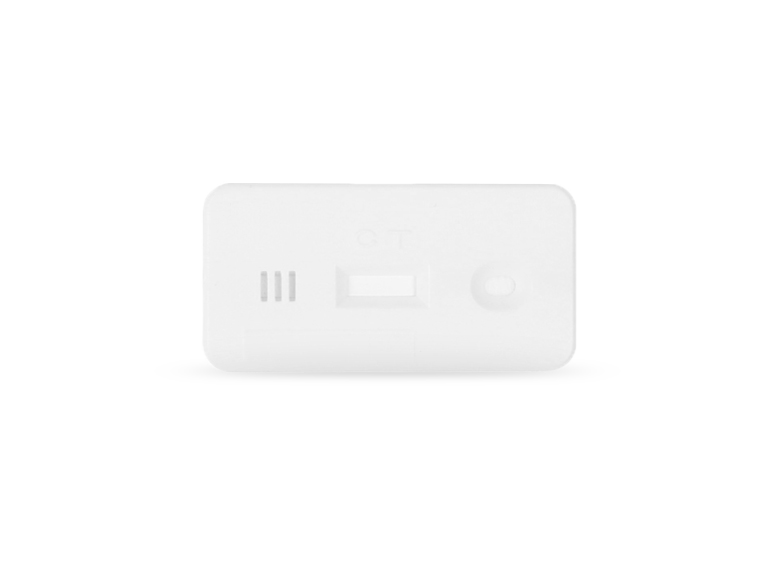Speed
For most tests, it takes only 5 to 10 minutes to get the test result.
Easiness
It is very easy to perform the REDTEST diagnostic tests. All the necessary elements are provided in the kit together with the instruction manual.
Explicitness
The result of the test leaves no doubt, can be positive, negative or invalid (in that case the test should be repeated).
Trust
Our tests have already gained trust from clients who have been using our products for many years, not only in Poland but all around the world.
Rapid diagnostic tests also known as immunochromatographic tests are used not only in human medicine but increasingly also in veterinary medicine. Ease of testing and fast time to obtain a result are the best criteria to include them in the basic equipment of every veterinary facility. In addition, the test does not require any additional equipment or reagents, and the cost of a single test is much lower than the diagnostics in the laboratory.
The tests differ from each other, but the basic principle on which their operation is based is always the same – they use the unique ability of antibodies to selectively bind to a specific molecule or group of similar molecules (antigen).
They are an uncomplicated tool designed to detect the presence (or lack thereof) of a given component of a test (eg a virus or a parasite).
For diagnostic tests we use a variety of sample materials – whole blood, plasma, serum, feces, urine, cerebrospinal fluid, and even tears.
Structure of the diagnostic test
Rapid diagnostic tests are usually in the form of plastic plates. On the surface of every plate there is a sample well and the results window. In this window there can appear: two bands in the control line if the test is positive, one band in the control line if the test is negative and no bands appear if the test is invalid. The tests are designed and constructed to detect exact and peculiar antigens.
Evaluation of diagnostic value of the tests:
- Diagnostic sensitivity – the ratio of true positive to true positive sum and false negative results. Determines the ability of the test to detect infected individuals
- Diagnostic specificity – the ratio of true negative to true negative sum and false positives. Determines the ability of the test to detect healthy individuals (correct disease exclusion)


More advantages of rapid diagnostic tests
- The wide variety of applications:
So far the immunochromatographic tests have found their use in diagnostics of: human diseases, animal diseases, but also in food research, agriculture or environmental protection. - A small amount of the sample material:
Most of the time it’s only a few drops of the sample. - Possibility of using various sample materials:
For diagnostic tests we use: whole blood, serum, plasma, feces, urine, sweat, cerebrospinal fluid and even tears. - Long suitability for use:
Tests are stable for a long time – you can store them in the temperature 2°C to 30°C and they can be transported without special conditions.
